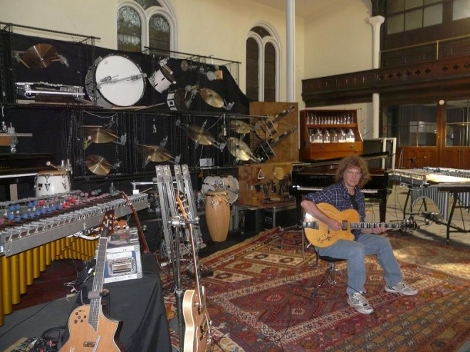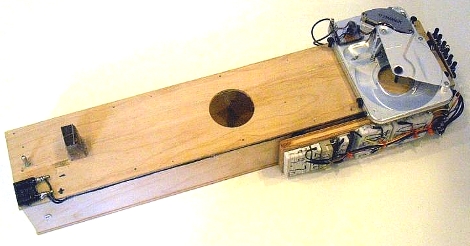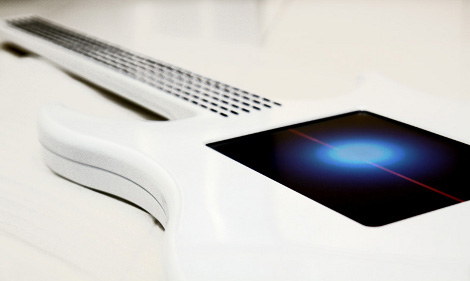
[Pat Metheny] has a robot armada backing him up when he performs on stage. They’re going on tour and he’s done an interview explaining his mechanical band. Like the auto-drummer, this setup uses multitudes of solenoids to play the percussion instruments, each getting commands from a computer. It’s pretty wicked to see him use his guitar as a marimba controller; it’s so responsive that he can tremolo and the solenoid follows in kind.
But there’s a lot more going on here. We love to see crazy facial hair from time-to-time, but this guy’s just got crazy hair! This easy listening isn’t exactly hair-band material but more like live-action Animusic. It’s also reminiscent of the automated orchestras at House on the Rock, an attraction you may remember reading about in American Gods. It’s fun to kid, but whether you like the music or not, he’s certainly talented when it comes to this genre.
[Thanks Grey]















